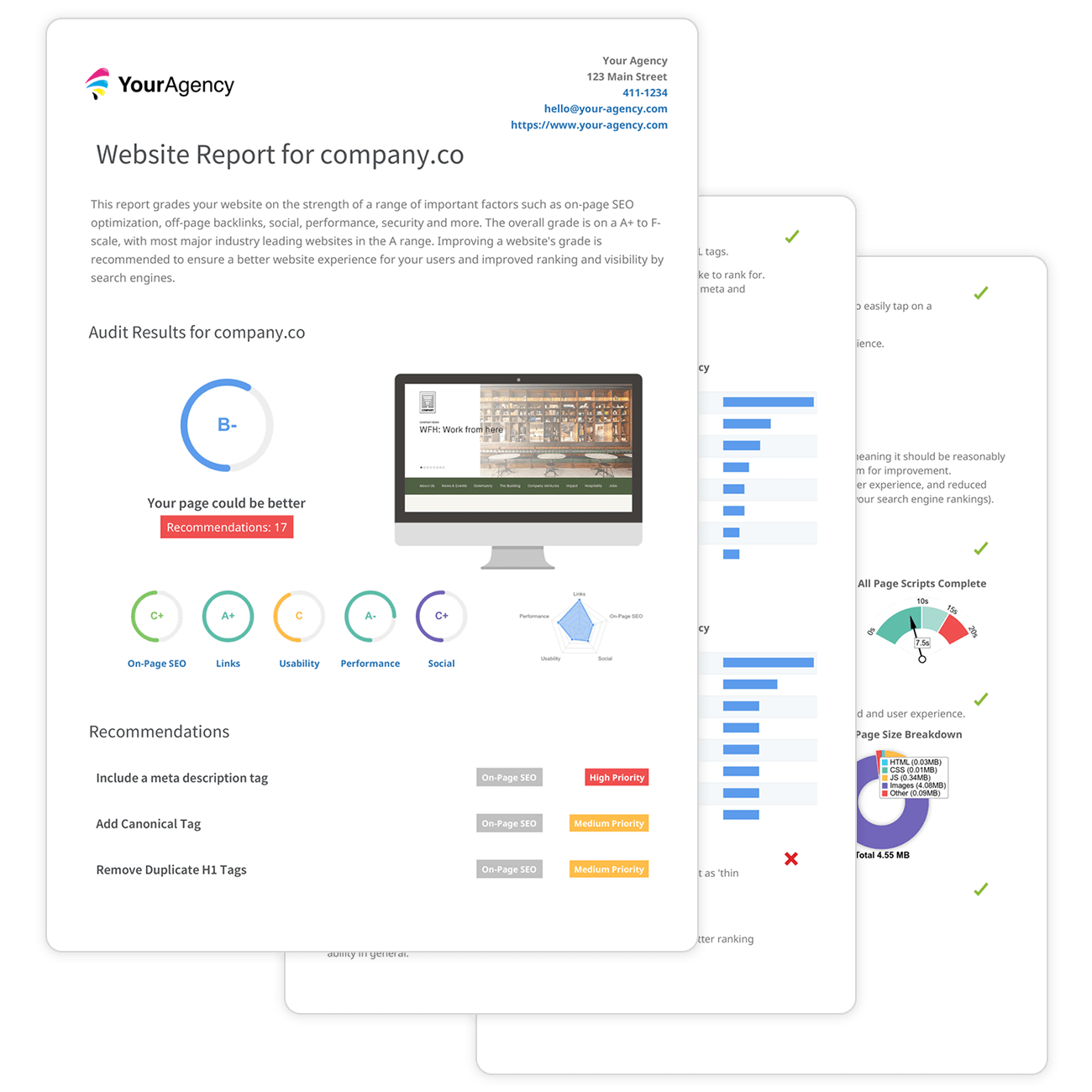Revealing What Is Ruled Out a Default Medium in Google Analytics
Revealing What Is Ruled Out a Default Medium in Google Analytics
Blog Article
Unveiling the Unconventional Mediums in Google Analytics Beyond Default Settings
In the realm of digital analytics, Google Analytics stands as a cornerstone for businesses looking for to recognize their on the internet existence. By venturing beyond the surface area and diving right into the ins and outs of social media data, email project efficiency, recommendation traffic resources, straight traffic patterns, and custom-made channel groupings, a prize chest of information waits for those ready to accept a more nuanced strategy.

Leveraging Social Network Insights
Occasionally ignored, yet tremendously useful, is the method of leveraging social media understandings within the world of Google Analytics. By integrating data from systems like Facebook, Twitter, Instagram, and LinkedIn into Google Analytics, organizations can acquire a much deeper understanding of their target market and the effectiveness of their social networks projects.
Via this integration, marketing professionals can analyze and track individual habits on their internet site that originates from social media platforms. They can determine which social media sites networks are driving the most traffic, which content is resonating with the audience, and which campaigns are converting the most leads. This insight enables data-driven choices to maximize social media strategies and improve general advertising efficiency.
Furthermore, by combining social networks insights with Google Analytics, companies can produce a lot more targeted and customized projects - what is not considered a default medium in google analytics. They can utilize market details, interests, and online behaviors collected from social media sites to improve their target market division and provide tailored messages that resonate with details consumer teams. This targeted approach can lead to greater involvement, boosted conversions, and eventually, enhanced return on investment
Uncovering Email Project Efficiency
Discovering Email Project Efficiency entails assessing crucial metrics and performance indicators to review the performance of email marketing initiatives. When diving into e-mail project performance, it is essential to assess metrics such as open prices, click-through rates, conversion prices, and unsubscribe prices. Open prices suggest the percentage of receivers that opened up the email, providing understanding into the performance of subject lines and sender names. Click-through prices measure the percent of recipients that clicked on links within the email, revealing engagement degrees. Conversion rates track the percent of recipients that completed a wanted action after clicking a link in the e-mail, such as authorizing or making a purchase up for an e-newsletter. Unsubscribe rates highlight the number of recipients that opted out of obtaining further emails, losing light on email material quality and significance. By assessing these metrics, marketing professionals can adjust their email advocate far better engagement and efficiency.
Studying Recommendation Website Traffic Resources
After evaluating the performance of email campaigns through essential metrics such as open rates and conversion prices, the following essential step is evaluating recommendation web traffic resources in Google Analytics to recognize where internet site site visitors are originating from and just how they engage with the website. Reference website traffic resources describe the web sites that guide individuals to your site with clickable links. By delving into this data, businesses can gain insights right into which exterior systems are driving web traffic to their site, whether it be social networks platforms, partner internet sites, or on-line directories.
It aids organizations determine high-performing referral sources that add dramatically to site web traffic and conversions. Google Analytics offers detailed records on referral web traffic, allowing services to track the efficiency of each referral source precisely and make data-driven choices to enhance their on the internet visibility.
Exploring Direct Traffic Patterns
Checking out the direct web traffic patterns in Google Analytics supplies valuable insights into user behavior and the efficiency of campaigns - what is not considered a default medium in google analytics. Direct web traffic refers to visitors who arrive at a site by directly typing the URL into their browser, using bookmarks, or clicking on untagged web links. Recognizing straight website traffic patterns can assist marketing experts review the effect of offline advertising efforts, brand name acknowledgment, and the performance of word-of-mouth recommendations
By delving into direct website traffic information, services can discover important information about individual intent and brand loyalty. Analyzing the actions of straight visitors, such as the web pages they check out, the time invested in website, and the conversion price, can offer a much deeper understanding of customer involvement and the total efficiency of the site in transforming site visitors into consumers.
Additionally, tracking direct website traffic patterns gradually enables organizations to determine fads, seasonality impacts, Click Here and the success of certain campaigns or promos in driving direct visits. This info can then be made use of to refine advertising and marketing methods, optimize web site web content, and improve the overall individual experience to take full advantage of conversions.
Utilizing Custom-made Channel Groupings
Using custom channel groups in Google Analytics allows organizations to categorize and examine their website traffic based upon specific requirements, providing important understandings for optimizing advertising approaches. Customized network groups enable business to produce their very own customized collections of website traffic resources, such as social media, organic search, e-mail projects, and referral traffic. By defining these collections, organizations can gain a much deeper understanding of how different advertising and marketing networks contribute to their website traffic and conversions.
This function is specifically valuable for businesses with diverse marketing methods throughout different platforms. A firm running both paid and natural social media projects can set apart in between the 2 to examine their specific efficiency precisely. Furthermore, custom-made channel collections can help identify any forgotten or underestimated traffic resources that might be driving useful interaction.
Final Thought

By venturing beyond the surface and diving right into the intricacies of social media information, e-mail campaign performance, recommendation website traffic sources, direct web traffic patterns, and personalized channel groupings, a prize chest of details awaits those prepared to accept an extra nuanced method. They can recognize which social media networks are driving the most traffic, which content is resonating with the audience, and Web Site which campaigns are converting the most leads.After examining the efficiency of e-mail projects through key metrics such as open rates and conversion rates, the next vital step is evaluating recommendation website traffic resources in Google Analytics to recognize where internet site site visitors are coming from and how they interact with the site. Custom channel groupings enable companies to create their own customized collections of traffic resources, such as social media, natural search, e-mail projects, and reference web traffic. By leveraging social media understandings, discovering email campaign performance, analyzing referral website traffic resources, discovering straight website traffic patterns, and utilizing customized channel groupings, marketers can visit this website obtain beneficial understandings into their online presence.
Report this page